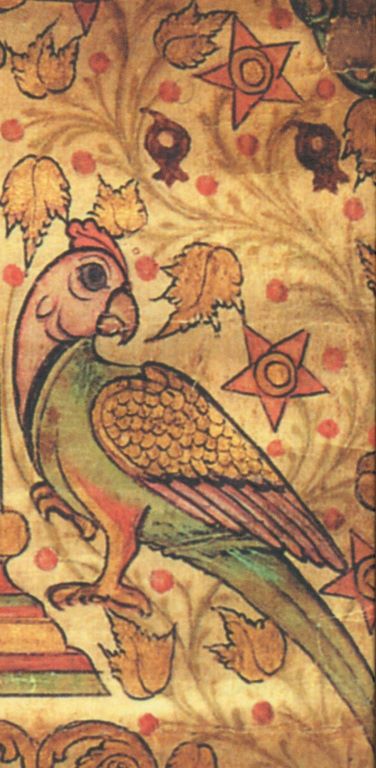1977
47. In the Egypt Kingdom
47a. Leah Elias. Recorded by Barbara Johnson, Ernakulam, January 1977; III-104.
47b. Chana Eliyahu. Recorded by Edith Gerson-Kiwi and Shirley Isenberg, Moshav Mesilat Zion, July 1977; III-104
Misṟī rājyattu jūtaṟkaḷkkakattu
Vasikkuṃ nerattu rājya karikaratttu
1. In the Egypt kingdom, among the Jewish people—
While they were living there, they were harshly ruled,2. And treated without mercy in that wretched land.
Even the children and babies all were ruined there.3. In the assembly [of Pharaoh] then it was decreed
To destroy their lives with work that was too hard.4. In constructing large buildings…[?]
If there was less straw, or their bricks were less firm,5. Or they made fewer bricks because they had no time,
They were beaten with the fist. Ayyayyo kashtam!6. During Pharaoh’s time, so many wrongs were done.
Three hundred were slaughtered in just one day alone.7. In the blood of virgins…[?]
For twenty complete days…[?]8. Ayyayyo kashtam! Such a dreadful thing!
And besides all this, Ayyayyo poor things!9. Oh the son who was born—and the one who kept him in secret!
He was protected from harm and put into the box.10. Oh the beautiful princess! Oh her royal highness!
The moment that she saw him, her kindness overflowed.11.–14. [Following four stanzas unintelligible]
15. Moshe is in the front, Israel in the back.
On top of Sinai Mountain—angels are standing there.
A typical Kerala setting is provided here for the biblical story of how the infant Moses was saved and brought up by the Pharaoh’s daughter (Exodus 2:3–10). The coast of Kerala is famous for its “backwaters”—a vast network of navigable lagoons, inlets, and slow-moving streams, created by the interaction of ocean waves and currents with the many rivers that flow down from inland mountains known as the Western Ghats. With numerous homes and villages located on the banks of these inter-connected backwaters, it is easy to imagine little Moshe’s mother carefully placing him in a closed box and setting him adrift on one of the slow-moving streams.
It is also easy to imagine one of the large rivers as the site of a royal palace, where the princess and her royal maids were bathing on the riverbank when little Moshe came floating by. According to midrash, the royal daughter caressed him constantly, and in his childhood, he became extraordinarily wise and large (Ginzberg 1969, 2:271–272). Two other Malayalam Jewish songs expounding in greater detail on midrash about Moshe’s childhood are III-4 and III-19, the latter translated and analyzed by Gamliel (2009, 190–195).
The text of this song is found in nine notebooks from Kochi and Ernakulam. Its performance to a soothing lullaby-like melody was recorded by women from several communities in the 1970s and 80s, and in 2001 by Simcha Yosef and Hanna Yitzhak from Kochi-Kadavumbhagam.
____________________________
[1] Though the princess is not specified in the Malayalam original, traditional listeners would know the story and understand that the princess herself was lifting the baby.







